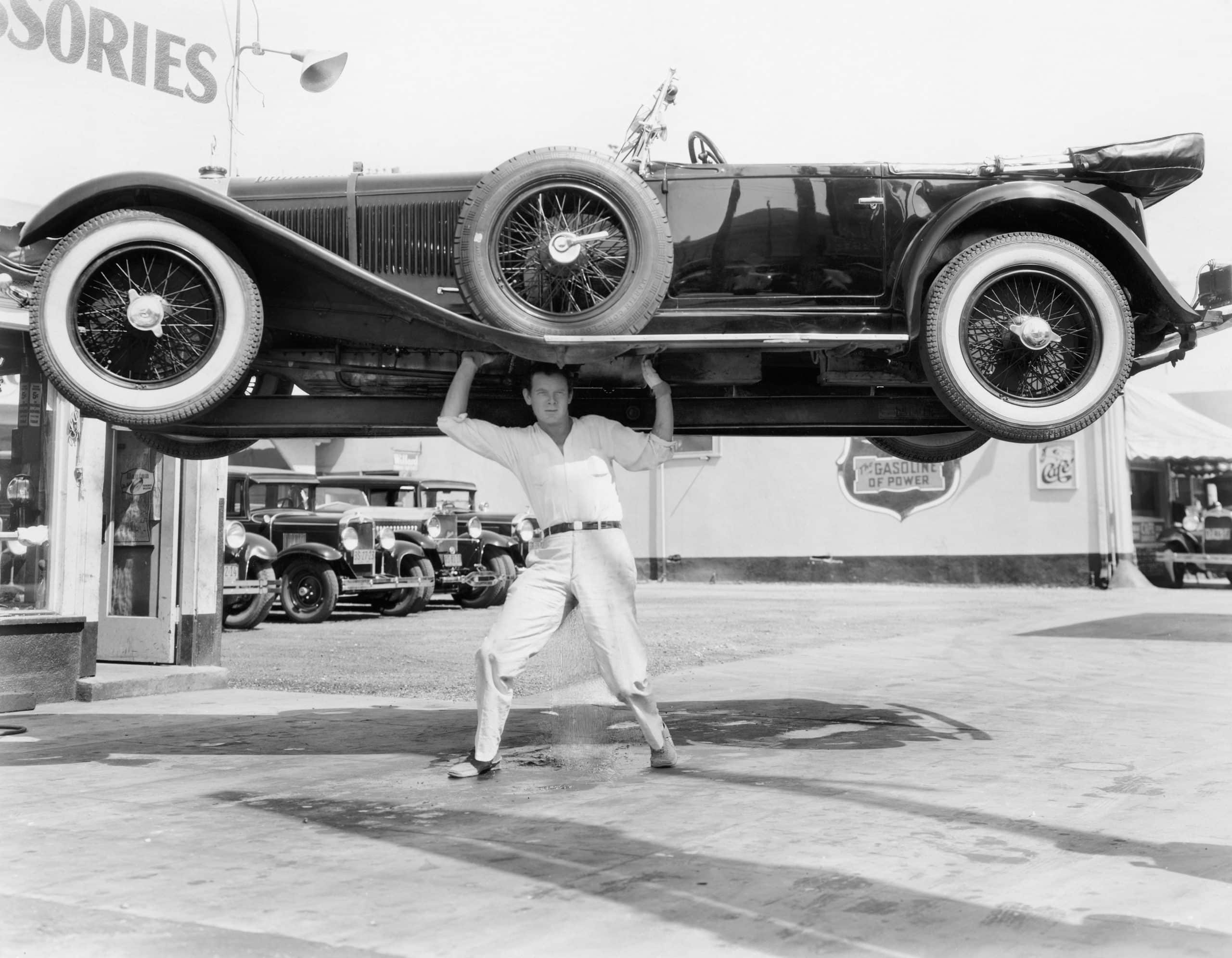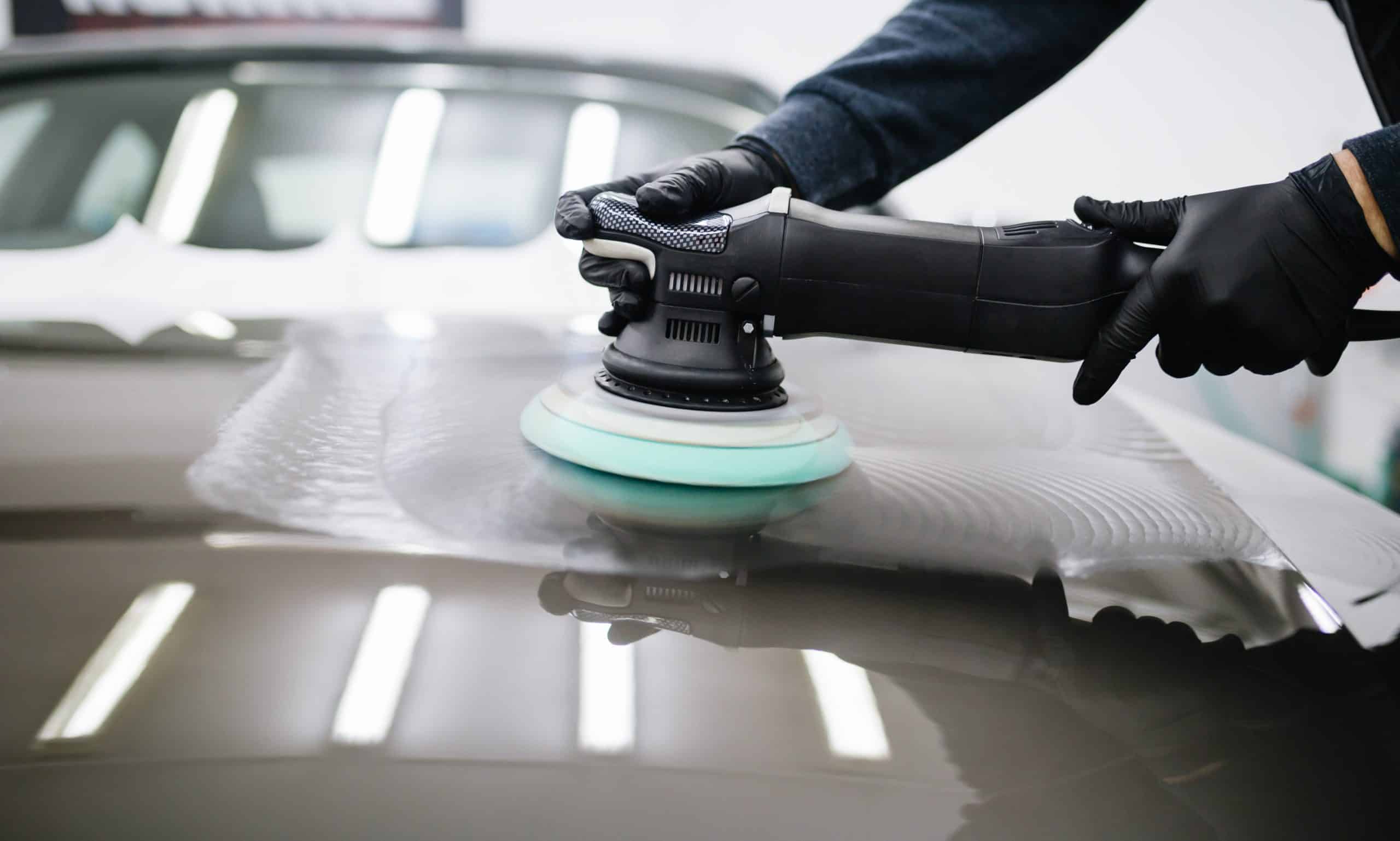Unsure when to replace a car battery? This guide helps you recognize the signs and timing for a smooth transition to a new one.

If you want to drive your car worry-free, you should know when to replace your car battery before it gets you in trouble. Statistics show that battery trouble is the number one reason cars break down in the US.
Normally, a car battery doesn’t die overnight. Usually, there are tell-tale signs well before your battery dies. If you recognize these signs and replace your car battery in time, you’ll be able to prevent your car from breaking down or not being able to start.
In this article we’ll list the most common warning signs that tell you when it’s time to replace your car battery. We’ll show you how to diagnose a car battery that is dying without tools as well as by using inexpensive testers.
Signs You Need To Replace Your Car Battery
On average, you should replace a car battery when your car battery is older than 5 years. However, an average won’t help you when your battery quits in the boondocks late at night in the pouring rain. Depending on battery type and build quality, weather conditions and use, your car battery may die long before it reaches its fifth birthday.
The following comprehensive list will enable you to recognize a bad battery ahead of the curve so you can replace your car battery in time:
1. Your Car Battery is Old
When it is older than 5 years. A car battery’s average life expectancy is 3 to 5 years, that’s why you want to replace it before it causes problems.
2. Low Voltage Indicator
When it is fully charged and voltage is below 12.6V when you test it with a multimeter, your battery is weak and should be replaced.
3. Start-up Voltage Drop
When voltage drops below 10V when you start your car. Your battery is weak and should be replaced.
4. Charge Retention Issue
When your car battery is dead after a few days or weeks after having been fully charged. This means it won’t hold its charge and it needs to be replaced.
5. Load Test Failure
When it fails a load test. A car battery load tester discharges a car battery at high amps to test its power. If it’s weak, it should be replaced.
6. Battery Analyzer Test Failure
When it fails a battery analyzer test. A car battery analyzer is a highly advanced, professional way of testing your car battery by running a series of automated analytic tests to assess the battery’s overall condition. This is a very accurate test, and you want to replace your car battery if it fails this test.
7. Slow Starter Motor
When your starter motor turns over very slowly and your car is increasingly difficult to start. This means your battery is too weak and it should be replaced.
8. Unresponsive Battery
When your car battery is completely dead and won’t hold a charge after jumpstarting or charging it.
9. Damaged Battery Casing
When your battery’s casing is damaged, cracked or fluid leaks out. A damaged car battery casing can be very dangerous. Acid and hydrogen gas can escape and cause damage, acid skin burn and corrosion. A damaged battery can even explode. You want to replace it immediately.
10. Sulphuric Odor
When the battery smells like rotten eggs. Sulphur smell or rotten eggs smell coming from your car battery means it is venting H2S (hydrogen sulfide gas) because of overcharging or an internal short. You want to replace it immediately.
11. Dashboard Lights & Warning Indicators
Pay close attention to your dashboard’s check engine light and other warning indicators. A sudden illumination of these lights often suggests an issue with the battery or the vehicle’s onboard systems. This could be due to the alternator failing to recharge the battery, or the battery itself deteriorating over time. Regardless of the signal’s specific cause, it’s crucial to seek advice from a mechanic. They can evaluate the battery to ensure it’s operating optimally, or identify any other potential problems.
12. Visual Engine Cranking Test Failure
When it fails a visual engine cranking test: If you don’t have a multimeter, you can do a simple visual engine cranking test to get an idea of the health of your car battery so you’ll know if it needs to be replaced. A visual engine cranking test is simple to do. By observing your headlights while you start your engine, you can check your car battery’s health:
How to Test Your Car Battery With the Visual Engine Cranking Test
- Drive your car on the highway or interstate continuously for at least 30 minutes, park it and immediately turn off your ignition. Now your car battery should be fully charged.
- Turn your ignition switch on without starting the engine.
- Turn on your headlights for about 10 minutes.
- Have someone start your engine while you observe your headlights. Now you can visually evaluate your car battery’s (and your alternator’s) health by assessing which scenario fits your observations best:
- Your headlights are dim and weak from the moment you turn on your headlights. There’s a clicking sound or the starter engine turns too slowly to start your engine.This means that your car battery is weak and needs to be replaced. After you’ve replaced your car battery, you want to check if your alternator works as it should. Check out “Signs of a Bad Car Battery vs. a Bad Alternator”
- Your headlights shine bright but start to fade within those 10 minutes.There’s a clicking sound or the starter engine turns too slowly to start your engine.This means that your car battery is weak and needs to be replaced. After you’ve replaced your car battery, you want to check if your alternator works as it should. Check out “Signs of a Bad Car Battery vs. a Bad Alternator”
- Your headlights are dim and weak and your engine only turns over slowly, just enough to start your engine. However, with the engine running they shine much brighter.This means that your car battery is bad and needs to be replaced, but your alternator seems to charge normally.
- Your headlights are dim and weak and your engine only turns over slowly, just enough to start your engine. When the engine starts, your headlights remain dim.This means that your car battery may have issues, but your alternator probably is the main culprit. When the engine starts, your alternator should kick in and your headlights should shine brighter.
- Your headlights shine bright without signs of weakening. The starter engine turns over but the headlights dim and flicker while cranking. After startup, your headlights shine as bright as they did before starting the engine.This means that your battery is strong enough to power your headlights but too weak to crank your engine with full force. Your car battery should be replaced. Your alternator seems to be functioning as it should though.
- Your headlights shine bright without signs of weakening. The starter engine turns over rapidly with the headlights only dimming very slightly when cranking and the engine starts right away. After startup, your headlights shine as bright as they did before starting the engine.This means that your battery and alternator seem to be functioning as they should.
Car Battery Replacement
There are a lot of things to consider when you buy a new battery for your car. The replacement battery needs to be the correct type and size and it should have enough power to run your car’s electrics and start your engine.
Because it’s easy to get lost in all those battery specifications, values and abbreviations, we wrote an easy-to-use guide to help you find your way in that battery jungle. In our article about the best car batteries, we explain the “ins and outs” and the “dos and don’ts” to pick the right battery for your car.
We’ll explain why some batteries cost more than others too, and if they are worth the extra money.
If you want to save some money, you can replace your car battery yourself. It’s an easy job that anyone can do. The only requirement is that you must be able to physically lift around 40 pounds, that’s the average car battery weight.
If you don’t feel confident doing this yourself or you don’t have the time, an expert auto mechanic can come to your home or office and replace it for you.







